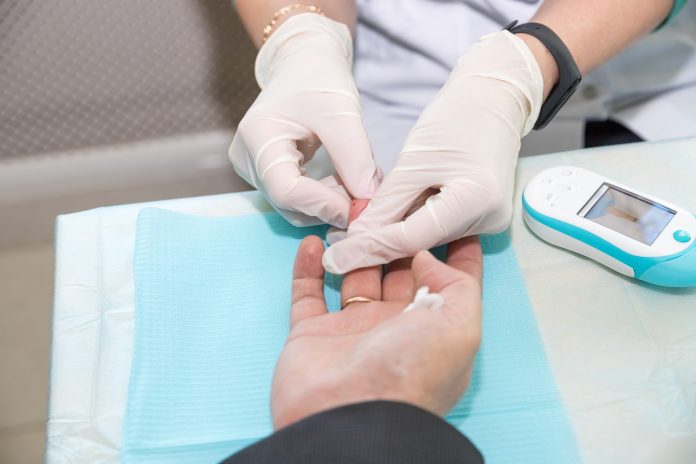A new study has shown that early signs of being prone to adult diabetes can be seen in children as young as 8 years old, decades before it is likely to be diagnosed
The study, conducted by the University of Britsol, looked at the effects of a genetic risk score for developing type 2 diabetes as an adult. The metabolism measured from blood samples was taken from the participants of the study at the ages of 8, 16, 18 and 25 years.
Over 4,000 participants were involved in the study ‘Children of the 90’s’, which was established at the University of Bristol in the early 1990’s. Genetic information was combined with an approach called ‘metabolomics’. The process involves measuring many small molecules in a blood sample, to try and identify patterns that are specific to early stages of type 2 diabetes development.
One of the leading investigators, Dr Joshua Bell, explained: “We knew that diabetes doesn’t develop overnight. What we didn’t know is how early in life the first signs of disease activity become visible and what these early signs look like. We addressed these by looking at the effects of being more genetically prone to type 2 diabetes in adulthood on measures of metabolism taken across early life. This would not have been possible without the Children of the 90s study.
“Diabetes is most common in older age, but we see signs of disease susceptibility very early on – about 50 years before it’s usually diagnosed. Knowing what these early signs look like widens our window of opportunity to intervene much earlier and stop diabetes before it becomes harmful“.
Children of the 90s study
The study was conducted among children of the 90s who were generally free of type 2 diabetes and other chronic diseases in early life in order to understand how the effects of being prone to adult diabetes become visible. In particular, certain types of high-density lipoprotein (HDL) cholesterol were reduced at age 8 before other types of cholesterol including low-density lipoprotein (LDL) were raised; inflammation and amino acids were also elevated by 16 and 18 years old. These differences widened over time.
Dr Bell added: “We’re talking about the effects of susceptibility rather than of clinical disease itself. This does not mean that young people ‘already have adult diabetes’; these are subtle differences in the metabolism of young people who are more prone to developing it later in life.
“These findings help reveal the biology of how diabetes unfolds and what features may be targetable much earlier on to prevent the onset of disease and its complications. This is important because we know that the harmful effects of blood glucose, such as on heart disease, are not exclusive to people with diagnosed diabetes but extend to a smaller degree to much of the population”.











